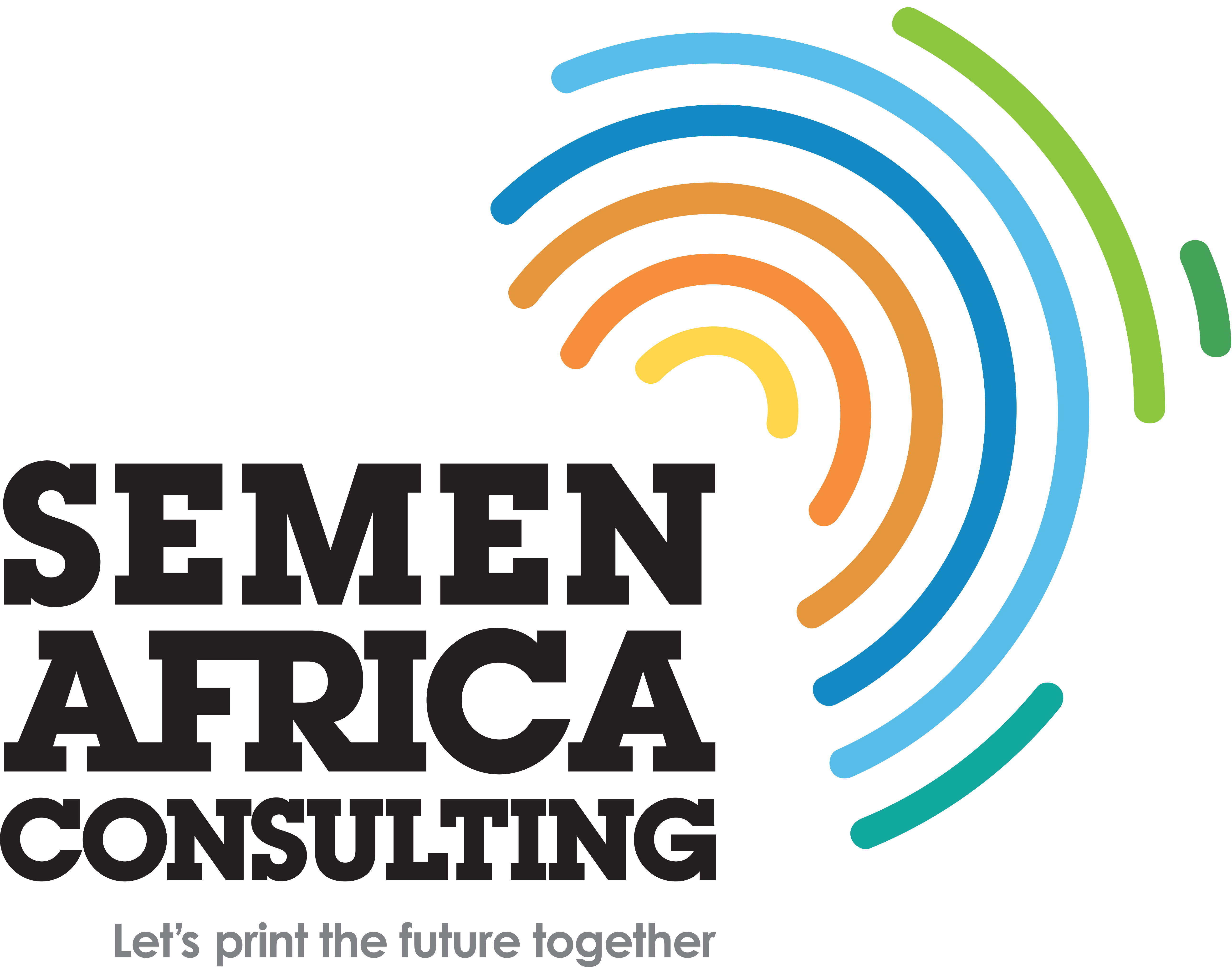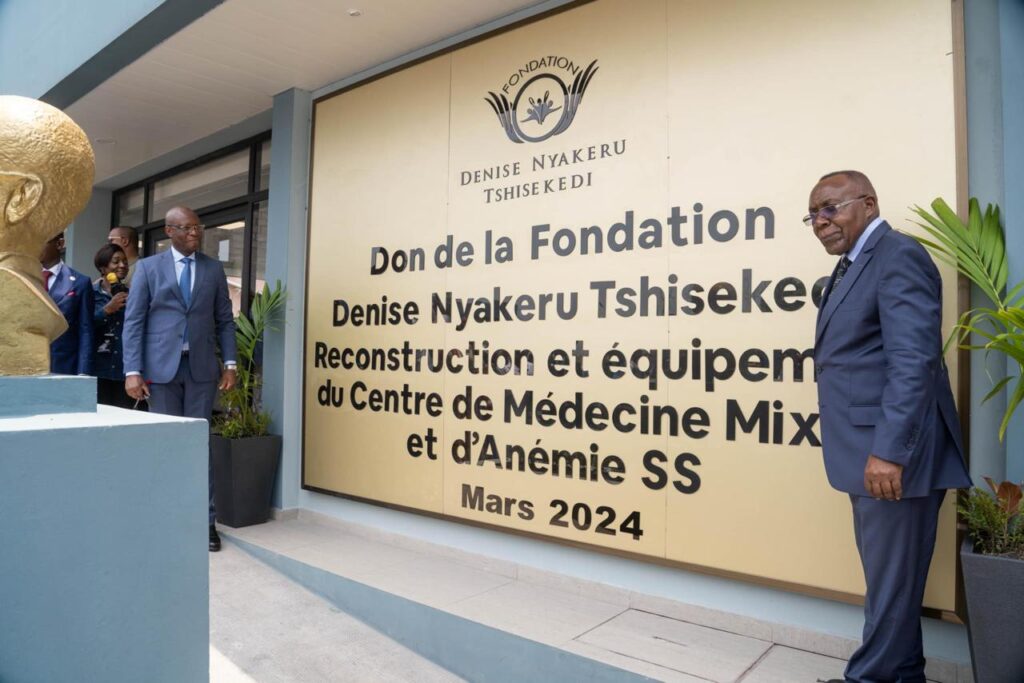On the occasion of World Sickle Cell Day on 19 June, it is worth remembering that this genetic disease remains a major concern in sub-Saharan Africa, with a prevalence of up to 40% in heterozygous forms and 2% in homozygous forms. What is the current state of research and treatment for this disease, and what is its economic impact in Africa?
Importance of sickle cell disease in Africa: medical and economic impact
Also known as haemoglobinosis S or sickle cell anaemia, sickle cell anaemia remains the most common genetic disease in the world, affecting one in 30 newborns in Central Africa. It is estimated, for example, that one in four Gabonese is a carrier of the gene, resulting in a point mutation in the sixth codon coding for globin. This haemoglobin S remains the leading cause of chronic haemolytic anaemia, with a high mortality rate, especially in children under 5: 80% die without treatment. Sickle cell anaemia can also lead to vaso-occlusive crises (VCAs), strokes, motor disorders or recurrent infections, with a threefold impact: health, psychosocial (school career, integration into the world of work, etc.) and economic.
A study carried out in 2016 at the Centre Hospitalier Universitaire de Libreville (CHUL) highlighted two points in particular: 80% of adult patients were single, reflecting a form of stigmatisation linked to the fear of genetic transmission of sickle cell disease. 42% of patients had higher education, while 59% were unemployed, highlighting the difficulties of integration.
Sickle cell disease research in Africa: avenues and funding
Although haematopoietic stem cell transplantation is theoretically the only curative treatment, it is still reserved for severe cases. Background treatments mainly involve transfusions (to treat anaemia) or hydroxycarbamide (to reduce HbS levels), possibly combined with other more recent compounds (crizanlizumab, voxelotor, L-glutamine, etc.).
At present, gene therapy research is aimed at repairing the mutated gene or synthesising a ‘therapeutic’ haemoglobin that neutralises the polymerisation of HbS. This promising work usually involves public bodies (WHO, INSERM, etc.), private foundations (such as the Pierre Fabre Foundation) and the giants of the global pharmaceutical industry (such as Pfizer).
The development of new treatments that are effective, easy to use and affordable would represent a major medical advance in the treatment of sickle cell anaemia, with significant economic benefits for the countries and populations concerned.
Sickle cell disease management strategies in Africa: what are the results?
While complex therapies such as bone marrow transplants already have their place in countries where the health economy is developed and organised, the fight against sickle cell disease in Africa often has to rely on other strategies, at least initially.
We do know, however, that these first steps lead to the development of more elaborate strategies, as demonstrated by the inauguration of the Centre de Médecine Mixte SS-MABANGA (CMMASS) near Kinshasa on 9 March. This modern building, covering 5,018m², 1,785m² of which is dedicated to the treatment of sickle-cell anaemia sufferers, is the fruit of the active commitment of the Denise Nyakeru Tshisekedi Foundation (FDNT), which has made the fight against sickle-cell anaemia one of its priorities.
Priorities must therefore be set along several lines, defined in agreement with organisations such as the WHO:
- Create regional reference centres focusing on research, diagnosis, treatment, training and information;
- Increase the number of decentralised care structures linked to these highly qualified centres of reference;
- Ensure early neonatal screening, followed by regular medical monitoring of patients;
- Collaborate on international research programmes;
- Training local medical staff.
A number of structures of this type have been set up in various African countries, with tangible results in terms of mortality, screening and training of carers: Centre de Recherche et de Traitement de la Drépanocytose (CRTD) in Bangui, Comité d’Initiative contre la Drépanocytose in Burkina Faso, Drepa Faso project since 2021, Centre de Recherche et de Lutte contre la Drépanocytose (CRLD) in Mali…
Since 2022, the WHO Regional Committee has wanted to introduce a harmonised guide, while integrating sickle cell disease management protocols into the WHO PEN tool (for the management of non-communicable diseases). Before finalisation, this best practice guide will be tested in two heavily affected countries, Guinea and Senegal. Public and private partners are now aware that increased investment is needed to manage sickle-cell anaemia, and Semen Consulting Africa is bringing its expertise and know-how to bear in this area.
TO FIND OUT MORE :
- Sickle cell anaemia: Background, issues, challenges and future prospects
- Socio-demographic and economic profile of adults with sickle cell disease regularly monitored at the University Hospital of Libreville
- Project to combat sickle cell disease
- Reality check for a strategy to combat sickle cell disease in the African region of the World Health Organization
- Improving care for people with sickle cell disease
- Supporting the fight against sickle cell disease in Sub-Saharan Africa
- Sickle cell disease in Africa: issues and strategies to improve survival and quality of life for sickle cell patients
- MSAS – Improving sickle cell disease management in Senegal
- Sickle cell disease in the Democratic Republic of Congo: what are the obstacles to treatment with hydroxyurea?



